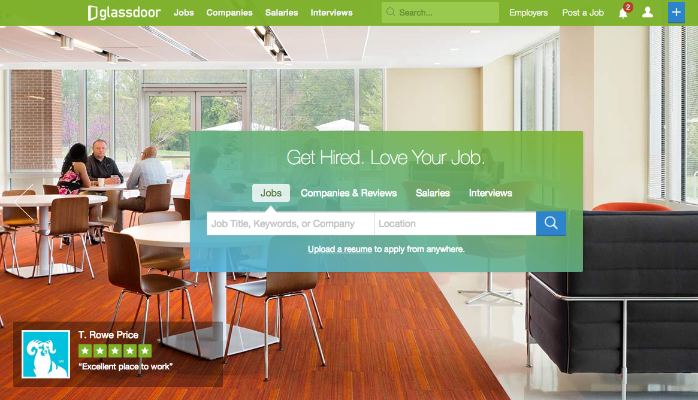I had the opportunity to see two great speakers at the Association of Chamber of Commerce Executives (ACCE) Convention in Raleigh. Kyle Sexton (@KyleSexton) spoke on Social Media’s Impact on Member Based Organizations and Jim Tobin (@jtobin) spoke on Making Sense of Social Media. Kyle Sexton is the founder of Fast Chamber, a business development firm specializing in membership organizations, co-founder of ChamberThink Strategies, a tiered membership dues consultancy, and director of member services for the Salem Area Chamber of Commerce.
I’ve known Jim for a few years since he was President of the Triangle Chapter of the American Marketing Association a few years ago. Jim is president of Ignite Social Media, one of the nation’s first social media agencies. In that role, he and his team work with clients including Intel, Nature Made, The Body Shop, Comcast, UNICEF and more developing and implementing social media marketing strategies. Jim is the author of the book, “Social Media is a Cocktail Party,”
Both Kyle and Jim’s presentations gave great overview of social media tools, their uses for chambers and case studies. Kyle gave a good example of, “The Little Chamber That Wouldn’t,” where the chamber was reluctant to use Web 2.0 technology to connect with their members. The chambers members wanted a LinkedIn group and ended up creating their own group to connect with each other. The chamber lost control as well as influence in that it did not act first. Members look to their organizations for leadership and direction in new technology, not to shy away from it.
Kyle expanded on this strategy and questioned the audience about what chambers had done training for their members. Several attendees stated that they did social media workshops for members with great response. For staff over 40 years old, social media is new and can be confusing; these workers needed some introduction and guidance to get started. Another good strategy Kyle mentioned was to survey members to see who’s on Facebook, Twitter, LinkedIn and other networks to determine where your audience is and then join the conversation. Members cannot connect with you if you are not participating.
Jim Tobin echoed similar strategies and tactics for chambers to use social media as well. Jim ran down his 13 social media categories that cover everything from using photo and video content to measuring and publishing tools. In discussing search engine optimization Jim gave a great example of the power of social media sites using Google search. He stated that if you took 50 pages of content and posted it on your web site all at once it would not get as good search results as posting the same 50 pages on a daily basis on a blog. This is because Google likes to see fresh content and blogging can beat traditional Web 1.0 content push.
Both speakers did a great job of demonstrating how well social media works for member based groups. These networks and tools allow organizations to communicate with members about important advocacy issues, events, and raise general awareness. It can create more real time communication between organizations and their members to enact and react to change in a shorter timeframe and deal with individual member requests.


